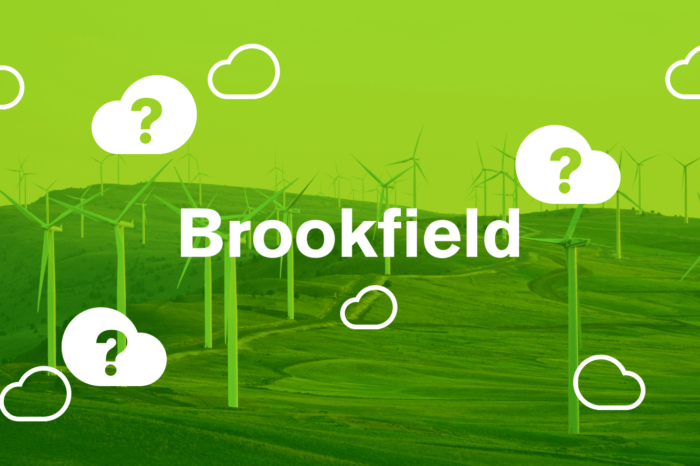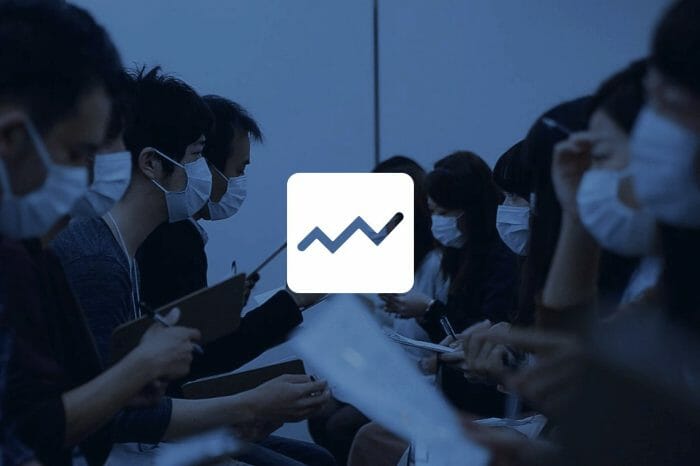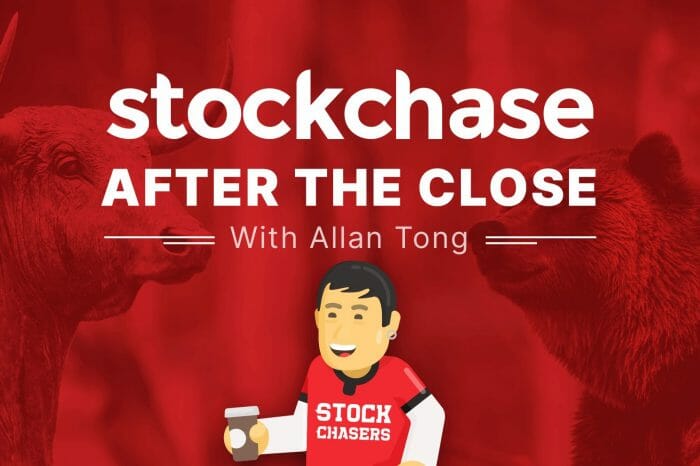Buying pullbacks: DOL, UNH, Linde
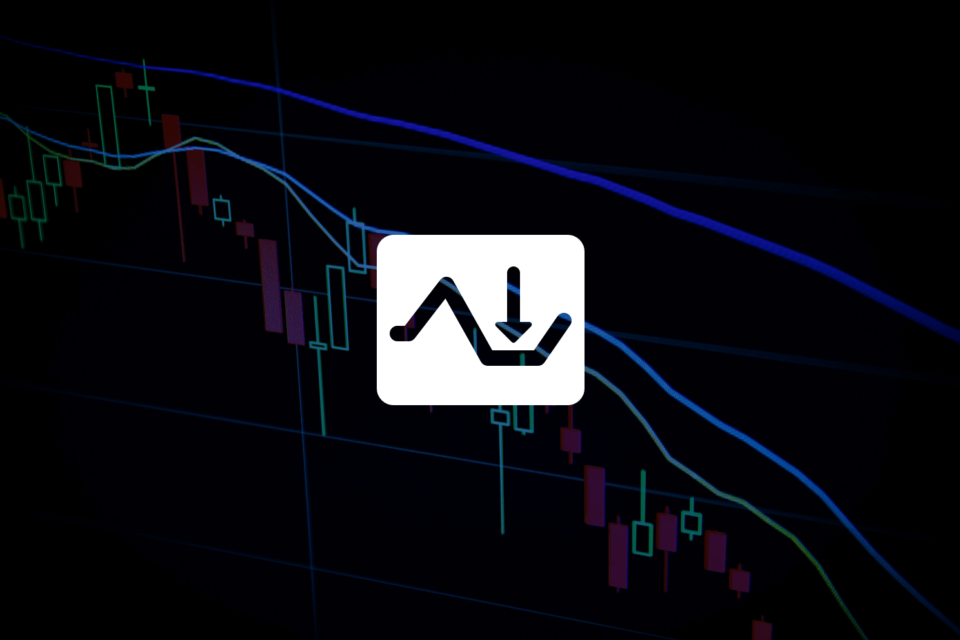
Buying pullbacks: DOL, UNH, Linde
Stubbornly high U.S. inflation numbers (tamer in Canada) have injected another round of volatility into markets after the January rally. Choppiness will likely continue throughout March. However, one benefit is that investors can pick up profitable, well-run companies on sale. Here are three candidates.
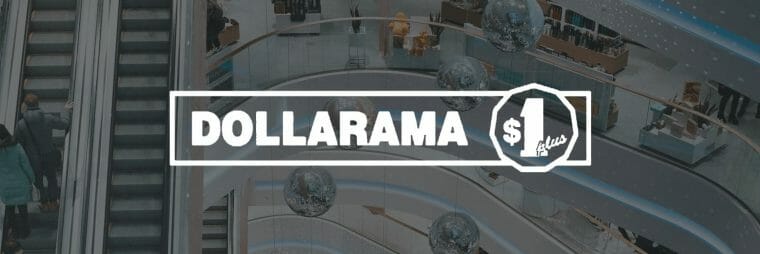
Highly defensive which is what you need as the economy slows and inflation keep grinding down consumer spending. Yes, consumers are still spending (just look at travel demand), but food costs have soared 10% over the past year. Understandably, wary consumers are downspending at dollar chains, and DOL is Canada’s only big name. There are already 1,500 locations across the country and there will eventually be 2,000. There’s no question that the consumer will keep spending at Dollarama. A kicker is that Dollarama owns a majority share of South America’s Dollar City chain which is growing faster than its Canadian counterpart.
DOL’s chart shows an upward trend in the past 12 months from $66.66 to peak at $85.88, with higher highs and higher lows. Currently, DOL is trading right at its 50- and 200-day moving averages in the ballpark of $79-80. The current PE is 31x, so DOL is trading above its five-year median average of 28.95x and mathematical average of 28.39x. Shares are now toppy, so buy this on a pullback. DOL pays only a 0.28% dividend yield, but trades at a stable 0.75 beta. Yes, debt is significant, but so is cash flow.

Still playing defence with this American healthcare giant. CVS operates entwined, synergistic businesses: pharmacies (nearly 10,000 spanning the U.S.), health insurance, and PBM (pharmacy benefit management) which manages drug prescriptions on behalf of health insurers. Most recently, CVS announced it would buy Oak Tree, a primary care operation that will provide routine health screening and diagnosis to older customers at 160 CVS locations.
Bears note that CVS shares have declined more than 18% in the past year while EPS has slipped 14% annually over the last three years. Meanwhile, Oak Tree has been losing money, but CVS picked it up for US$9.5 billion. And remember that CVS was one of the culprits in the opiod crisis, so ESG investors should steer clear.
Bulls counter that revenue over that three-year time span has grown 7.8% and the PE of just under 10x is very attractive. Also, CVS’ 2.82% dividend yield is secure at a 70% payout ratio. As for Oak Tree, CVS needed to add primary care to keep pace with its competitors, so Oak Tree will pay off in time. Be patient. Add to the company’s fine debt management at roughly 40% debt to total capital.
Shares are hovering at 52-week lows and are worth considering during current market volatility.
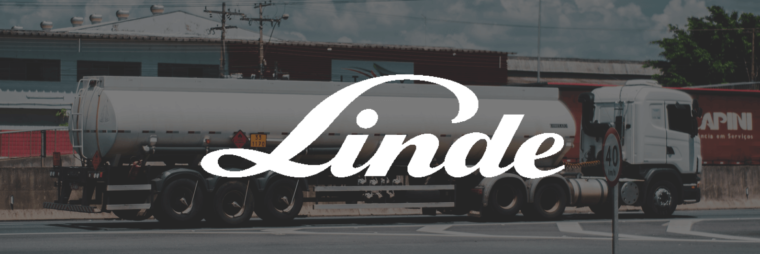
Headquartered in the U.K., Linde is the world’s largest producer of industrial gas and trades in New York. Products include natural gas and hydrogen supplied to the Americas. Linde consistently beats earnings. In early February, Linde reported their Q4 2022 EPS at $3.16 beating the expected $2.91. Increased prices and greater volumes meant higher revenues, specifically in the Americas which enjoyed a 12% YOY rise in operating profits. Linde also has a $9 billion backlog from clients who span everything from healthcare to making semiconductors and food supplies. One future use will be supplying Taiwan Semiconductor‘s new plant in Arizona; Linde will build a $600-million gas facility.
It helps that Linde operates within an oligopoly and can resist a recession. Though Linde pays only a 1.35% dividend yield, the company consistently raises it. Beta is a stable 0.88. One caveat is that its last earnings have pushed share prices to 52-week highs, so look for a pullback.


